What is the difference between crocodile skin and alligator skin
The skin of crocodile and alligator is thick, scaly and strong. The leather products are made from both of the skins of alligator and crocodile which includes, shoes, bags, purses, wallets, and coats. They are quite similar but comes from different families and habitats. Crocodile lives in salt water in humid weather while alligator lives in fresh water in subtropical weather. Alligator has plump snouts while a crocodile has sharp snouts. The skin of both animals is used all over the world in luxurious accessories. The difference is highlighted by the rating of the two skins. Alligator leather products offer the finest quality than the similar crocodile leather products. Below is the grading of different leather types, ordered from the best downwards;
- American alligator
- Saltwater crocodile
- Freshwater crocodile
- Caiman
Below are the differences between crocodile skin and the alligator skin:
- Umbilical scar:
The basic difference between both of the reptilians is that the alligator has an umbilical scar on its belly which appears like a belly button. It is present in the middle of the belly and appears as a bunch of very small scales in a rectangular form. In crocodiles, the umbilical scar is meeker. This form is specific to alligators, so the designers are more conscious to include this design in their goods.
- Back horns or bumps:
If the skin of the head is not yet removed from the skin, then it is very easy to identify the difference between the leathers. The crocodile’s neck has numeral small horns, one can interpret that the bumps or horns are ordered in a specific pattern of rows of each animal individually. For an alligator there are three rows of two horns each, on the upper part of their head. For a crocodile there are four horns in the first row and the second row has two horns. The caiman consist of three rows of horns i.e. the first two rows have four horns each while the third row has two horns.
This design is visible only in the horn back cut, where the skin is censored to keep the neck design undamaged.
- Tile pattern:
Both the skins of crocodile and alligator have identifiable tile patterns. But the two skins can be differentiated by the close inspection. In alligator leather, the tiles are not very even, with more normal scars. Even if the leather of alligator is highly finished, there are certain small lines that are still observable at the base of the rectangles.
In crocodile, the tile pattern is more observable, the design on either side of the belly is symmetrical to the other side. Crocodile has ISO’s that is integumentary sensory organ pores. There is a small hair present in these pores which helps the crocodile to sense its environments. The hair is detached after browning but the pore remains there. It looks like a small hole in each scale.
- Strength:
The skin of alligator is extremely strong, but both the crocodile and alligator skins are flexible and cannot be broken easily, while caiman skin is not that reliable and can be cracked easily when bent or doubled.
The difference between crocodile and alligator skin in making leather products:
The skin of crocodile can be modified to any chic of handbag, from the most firm designed model to the easygoing style. Crocodile easily exemplifies the normal shape of the handbag, making it flawlessly stunning.
Firstly in order to launch the worth of the handbag, not only its necessary to know the type of leather that is used, but also the browning techniques that have been used and the number of leather sheets acquired to make the leather bag. It can be created from the belly segment of the leather, or by using the finest segment of the leather to create a handbag, this doesn’t even affect the look of the handbag but even the cost.
Highlighting the difference between alligator and crocodile leather on a finished product:
To find out that a finished item is made of a genuine alligator or crocodile leather is very hard because of the resemblance in look and the elasticity and smoothness of these two types of leather. Generally, the alligator skin is little more expensive than a crocodile skin but offers the same smoothness and elasticity. Usually, alligator skin is considered ideal to make the handbags, because of the one prominent cause that the body of the alligator is longer than that of crocodile which enables the designer to have the more steady part to produce a handbag.
Comparison between crocodile and alligator skin on the finished goods:
However it is good, even the expert cannot identify it properly until the certified document of the leather is given. If we compare both the types of leather panels directly then we can easily identify it by its characteristics. It’s very hard to spot the difference between the genuine crocodile and alligator skin on the finished good. The difference is present both in the pattern of the scale and in the shape of the skin i.e. the body of the crocodile is squarer and its middle segment is smaller than that of an alligator. The pattern of the alligator is less uniform than the crocodile, with little indiscretions in the scales, this is very difficult to identify on finished goods.
By looking on the distribution of scales on both of the skins of alligator and crocodile. On the alligator’s skin, the scales are much wider and square shaped which suddenly transform into smaller round scales on the sides. Whereas in crocodile’s skin the transformation is steadier with the chain of averagely sized scales to more defined round shape of scales.
Now if you want to identify your handbag is made of a genuine leather than first check its price, if it’s not very expensive than it is made of caiman, if you have purchased it from abroad then you must check the name of the species written in your invoice should be as written in the shipping document.
Recommended Fashion items: Crocodile iPhone XS Max case, crocodile shoes, alligator shoes, crocodile backpack, alligator iPhone XS Max case, alligator apple watch band, crocodile apple watch band, alligator bag, alligator wallet. alligator briefcase, crocodile belt, crocodile bag, crocodile handbag, crocodile wallet, alligator handbag.

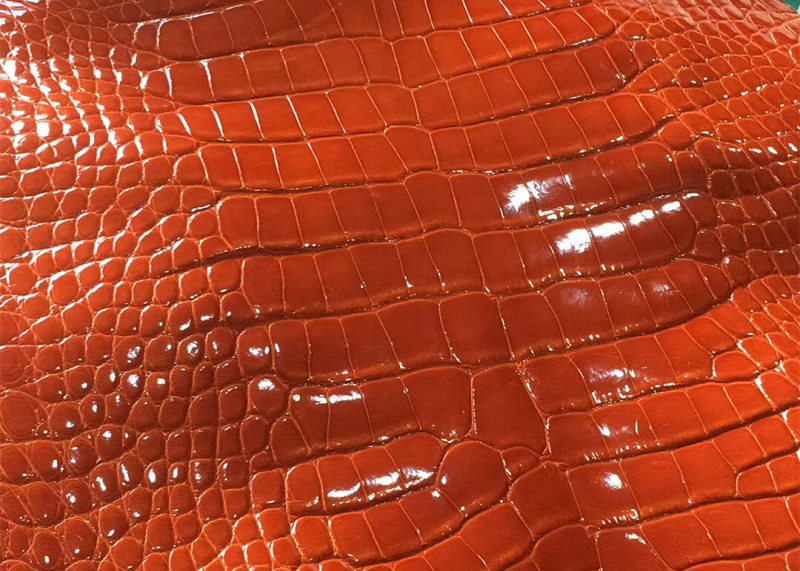
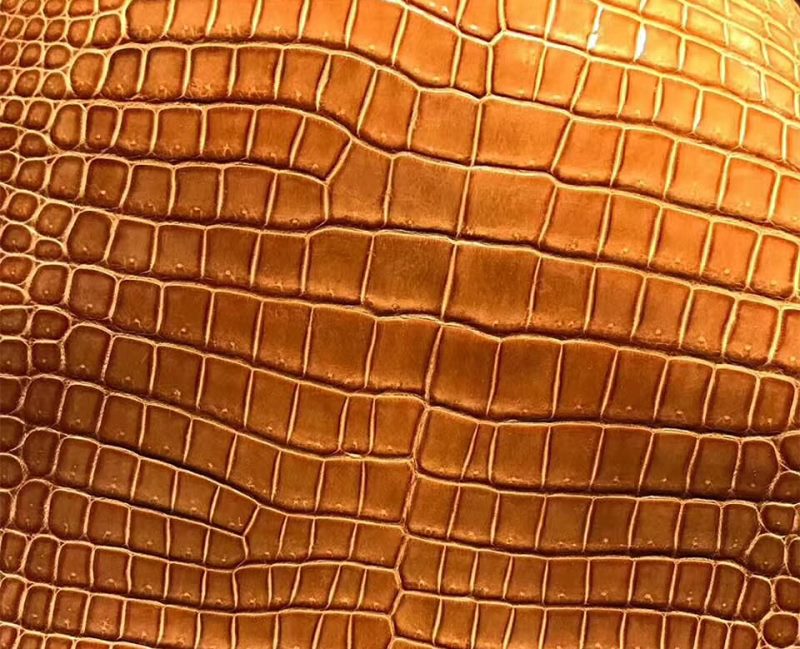
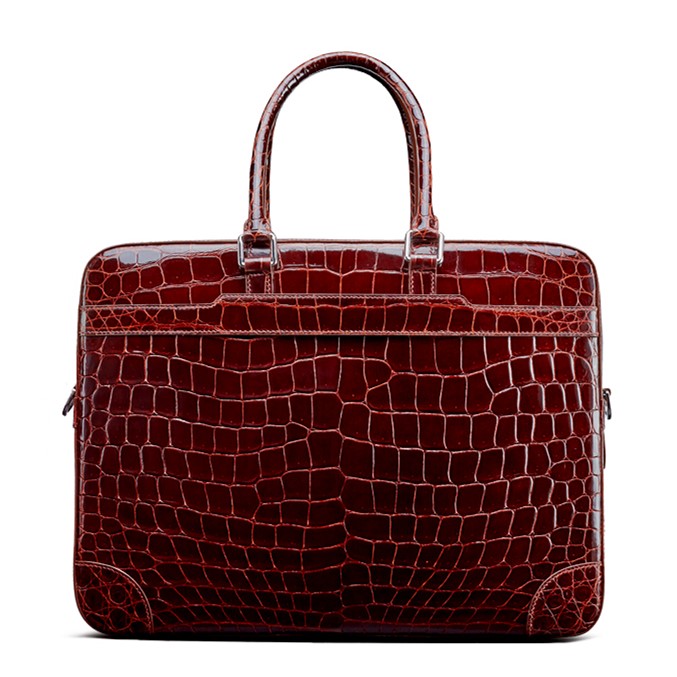
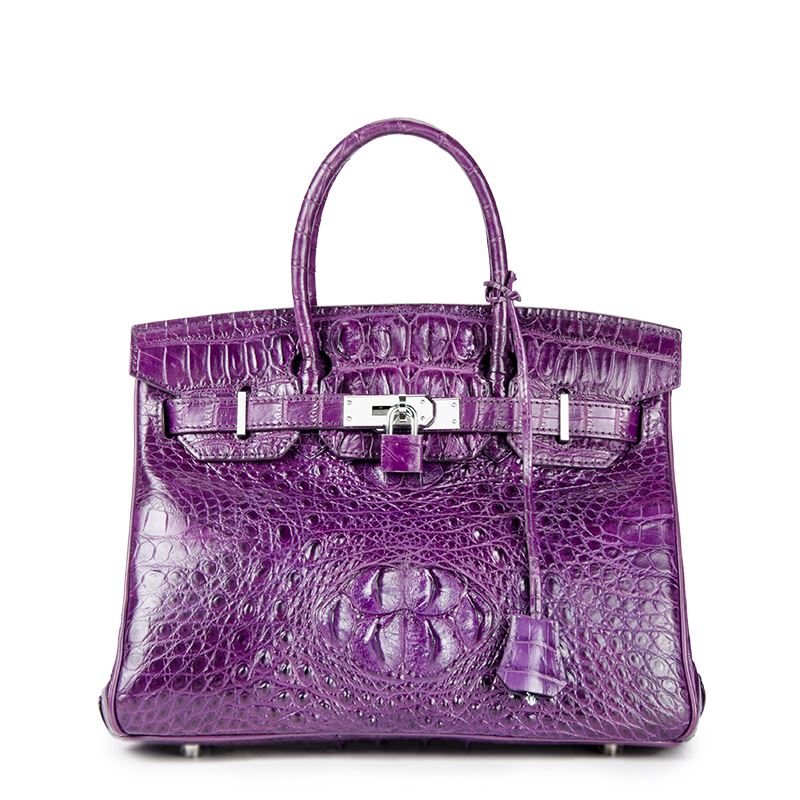
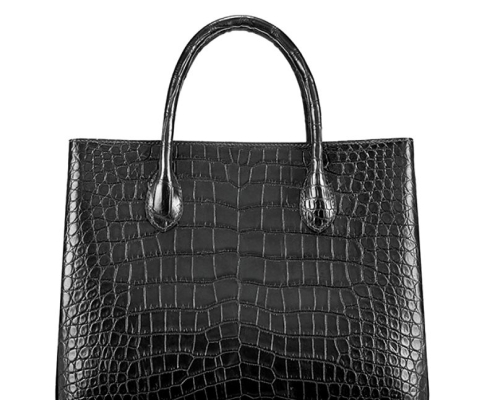
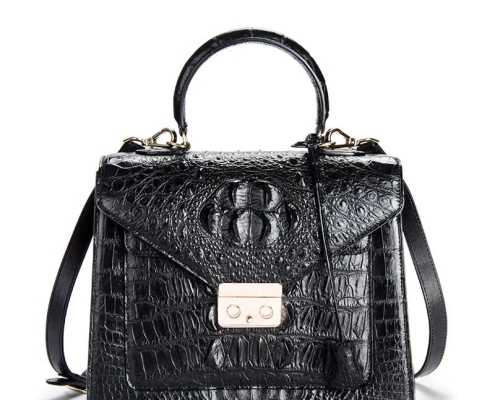
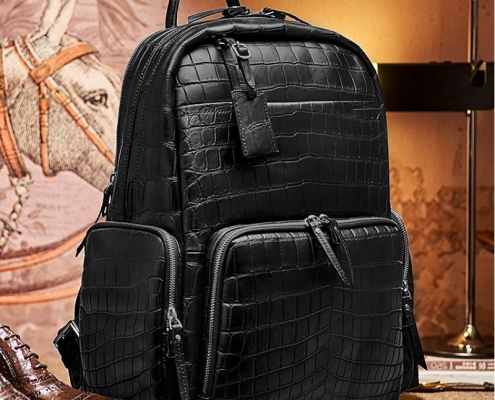
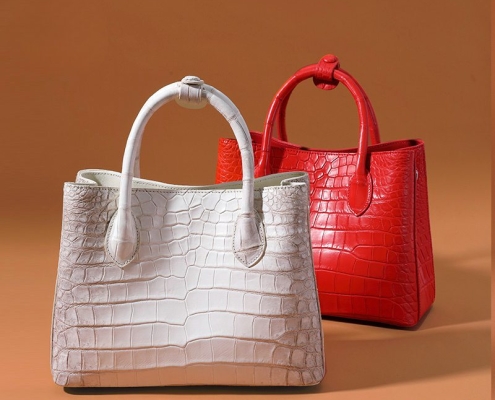

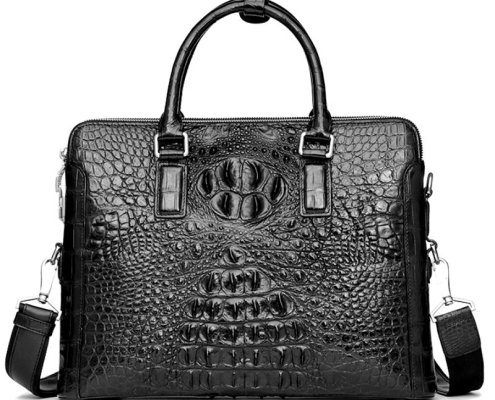
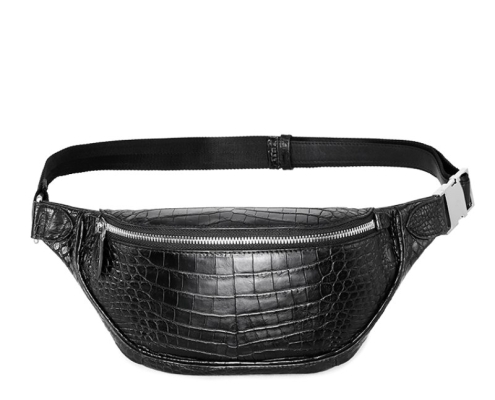
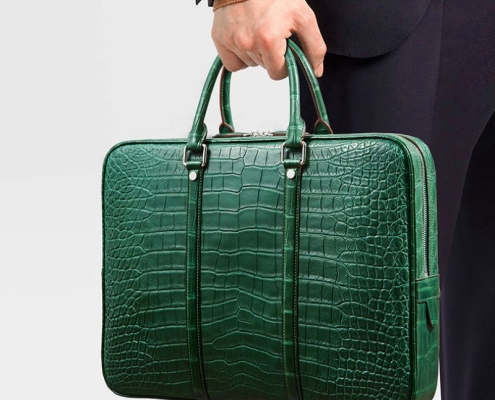
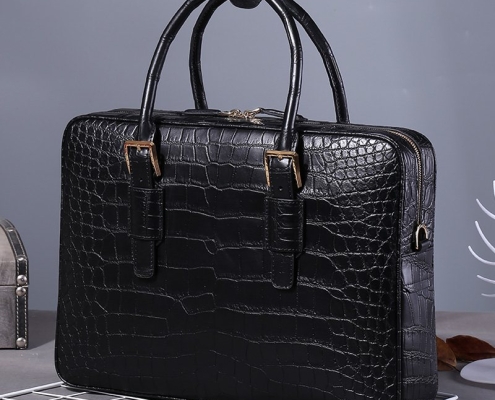

 BRUCEGAO
BRUCEGAO